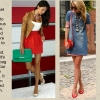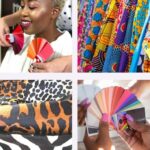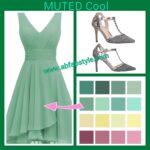Just like your most flattering colours reflect your own colour characteristics, so it is true for patterns and prints. In order to choose patterns which complement your colouring, you need to be able to identify your key characteristics. Choose Patterns Which Complement Your Own Contrast Levels and Intensity For those with high contrast in their […]





